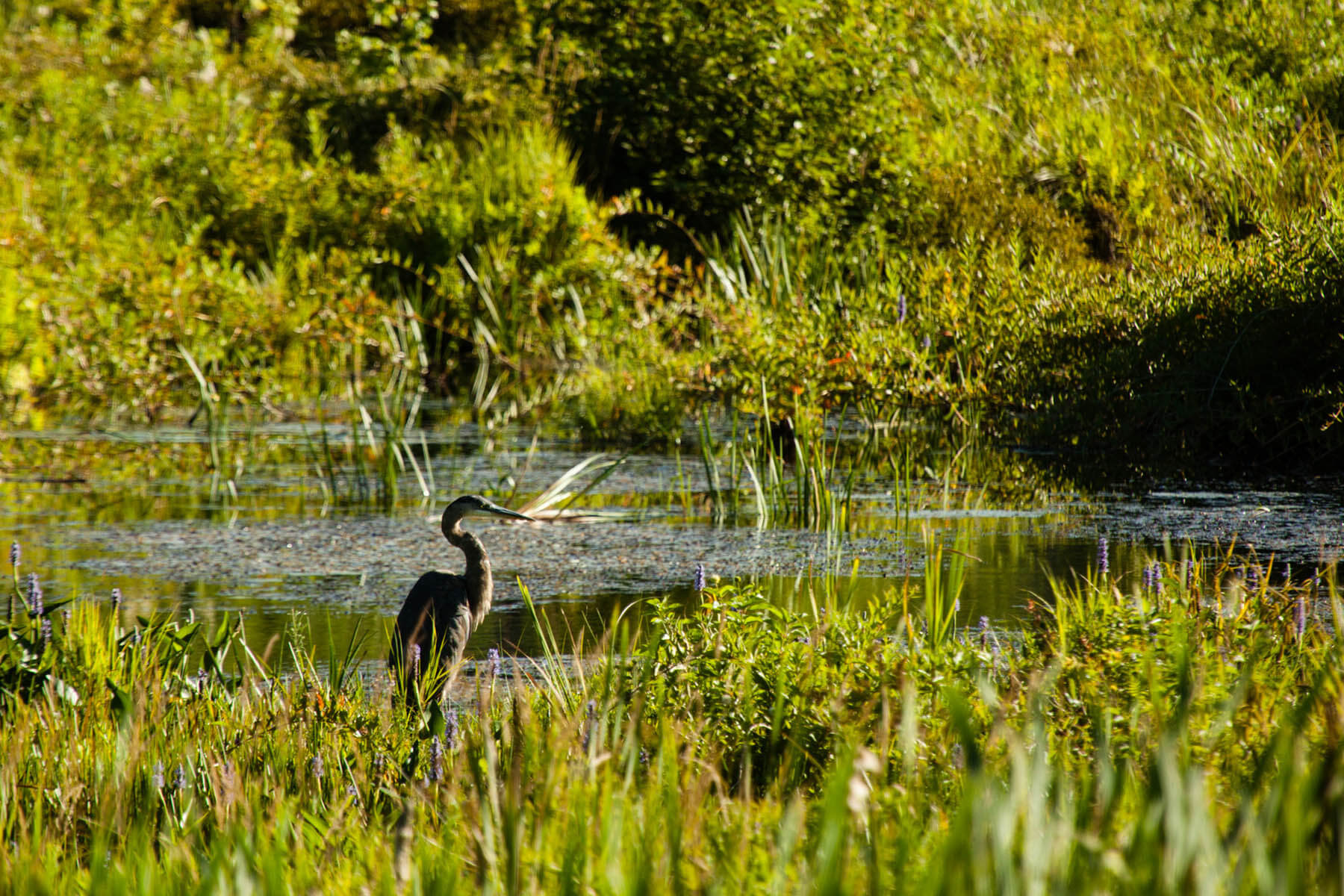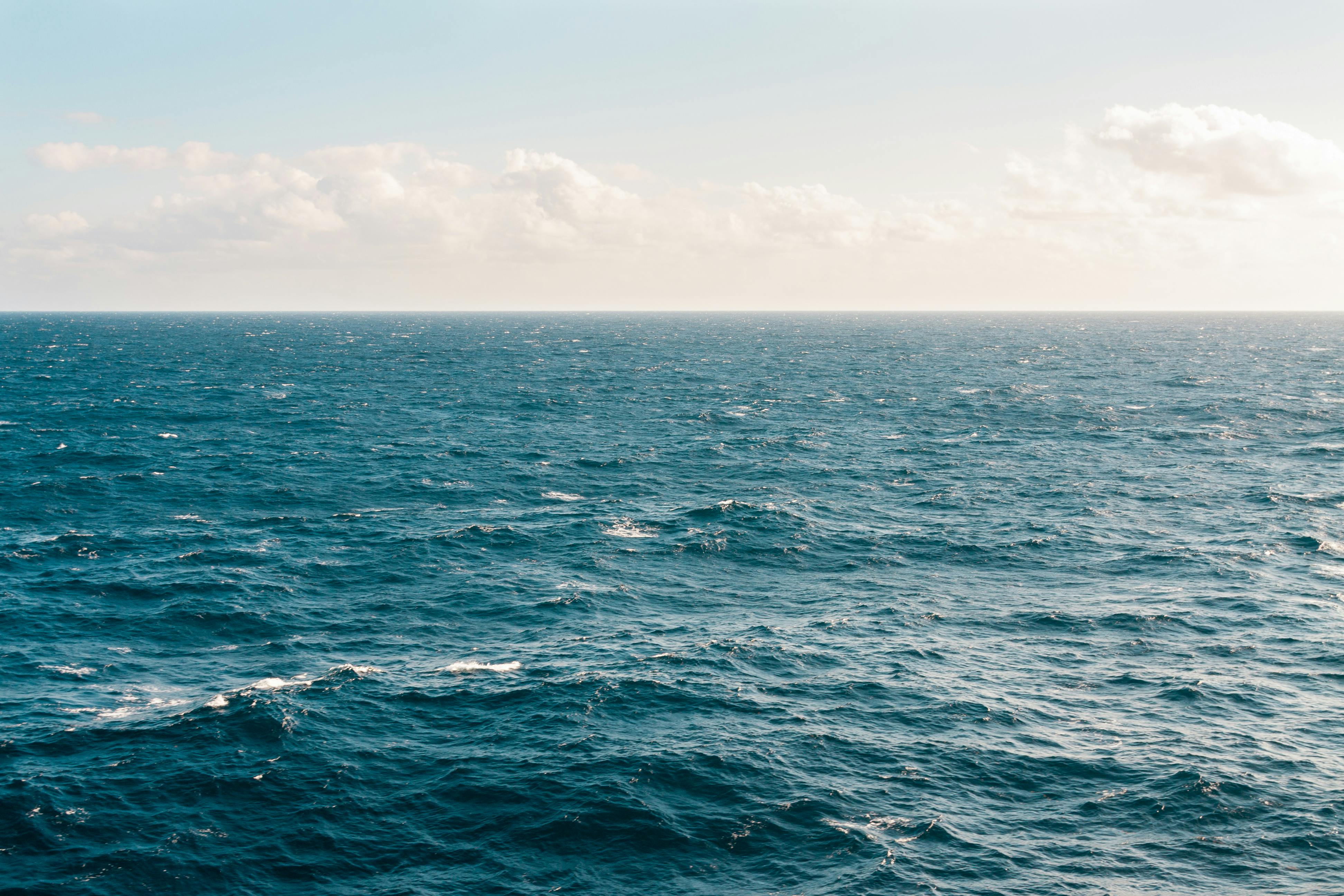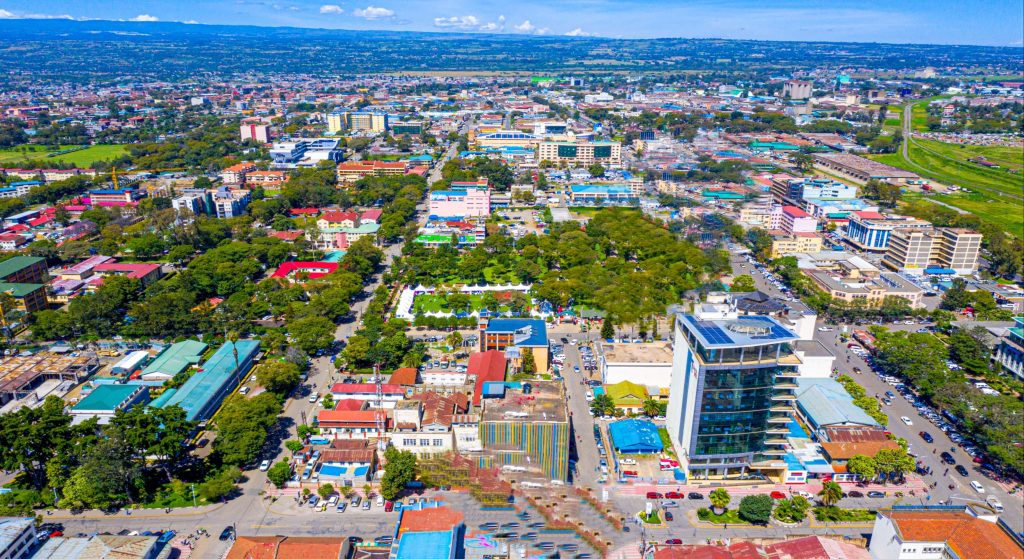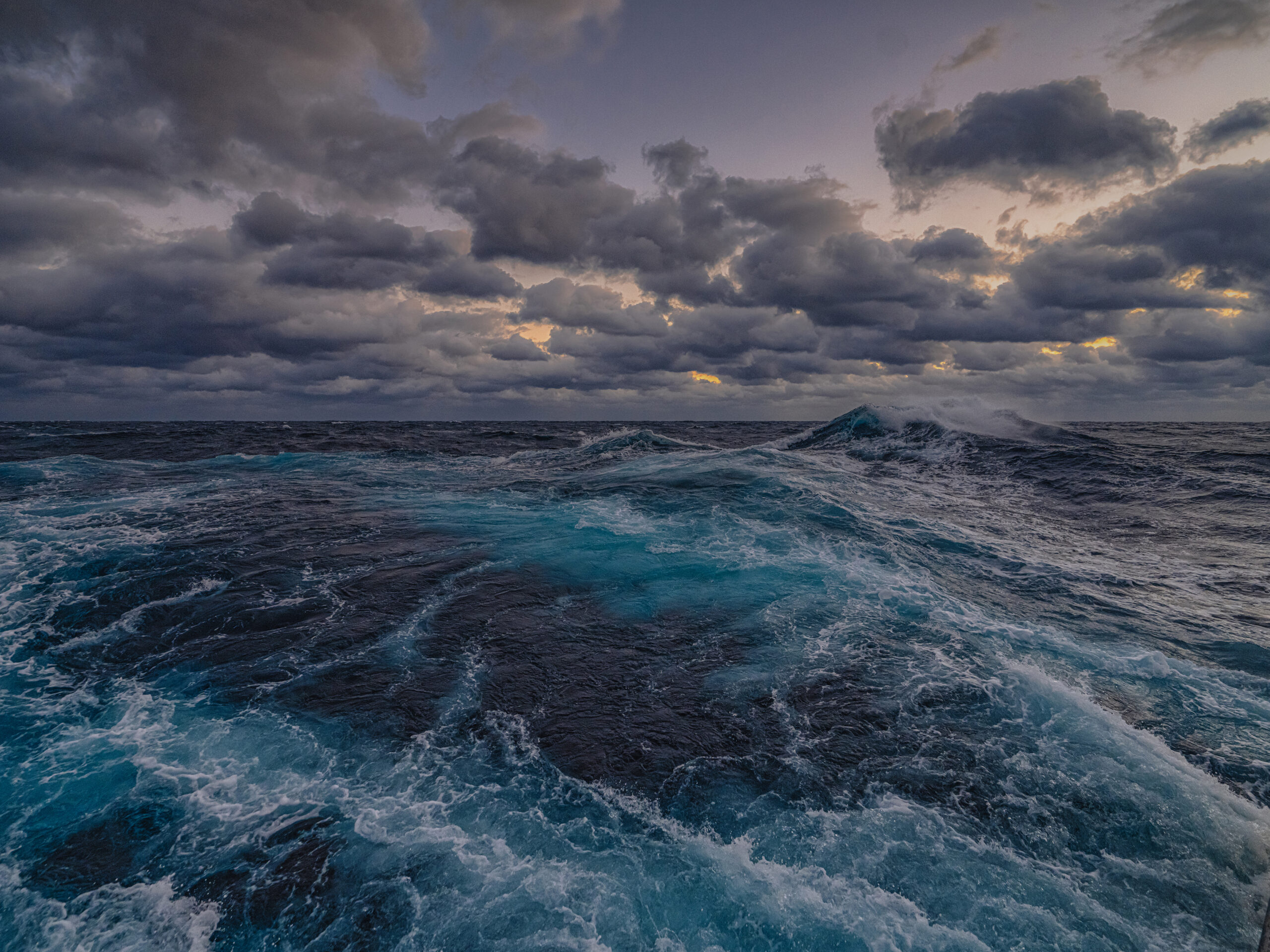- Contributions of wetlands go beyond their role as nature's cleaners.
Wetlands, an area of inland or coastal land partly covered or saturated by water, have the power to shape our world and combat the challenges of climate change.
Wetlands, which encompass various forms such as salt marshes, mangroves, and peatlands, are scattered across continents. They serve as a sanctuary for an astonishing array of aquatic and terrestrial life.
With almost 40 per cent of the world's species calling wetlands home, these ecosystems are a vital haven for biodiversity, nurturing the delicate balance of our planet's web of life.
However, the significance of wetlands transcends their role as nature's refuge. These extraordinary habitats hold immense value for humanity as well.
With their innate ability to filter and purify polluted water, they emerge as silent warriors combating the contamination of our precious water resources. By cleansing and purifying these vital sources of life, wetlands ensure clean water for both wildlife and the millions of people who depend on them for their sustenance and livelihoods.
Read More
Yet, the astonishing contributions of wetlands go beyond their role as nature's cleaners. These remarkable ecosystems possess a hidden power—a secret weapon in the battle against climate change.
Within their lush landscapes lies a wealth of plant life that releases life-giving oxygen into the atmosphere and acts as a formidable carbon captor and storage facility. Wetlands engage in a process known as carbon sequestration, wherein they absorb and retain vast amounts of carbon within their soils, functioning as carbon sinks.
Through this mechanism, wetlands play a vital role in reducing the emission of greenhouse gases, mitigating climate change impacts, and restoring our planet's delicate equilibrium.
Rising global temperatures intensify the frequency and severity of storms, placing communities and ecosystems at greater risk. However, wetlands rise to the occasion, acting as guardians against natural hazards.
They form a resilient barrier against coastal flooding, intercepting high tides and skillfully distributing the force of incoming water, thus protecting vulnerable coastal regions.
By absorbing heavy rainfall, wetlands prevent catastrophic floods and provide a vital buffer zone, absorbing excess water and preserving the delicate balance of surrounding ecosystems.
The ferocity of Hurricane Sandy, a devastating storm that battered the U.S. East Coast in 2012, would have been far more catastrophic if not for the presence of the region's mangrove swamps. These resilient wetlands stood as an impenetrable fortress, shielding coastal communities from the hurricane's wrath.
Their intricate root systems and dense vegetation acted as a natural shield, absorbing and dispersing the energy of the storm surge, thereby safeguarding lives and minimizing the destruction that could have unfolded.
Preserving and restoring wetlands should be at the forefront of our collective efforts in a world struggling with the threat of climate change. Unfortunately, these invaluable ecosystems face numerous challenges, including habitat loss, pollution, and unsustainable human activities.
Recognizing the critical role of wetlands in climate change mitigation is paramount if we secure a sustainable future for generations to come.
Investing in wetland conservation and restoration initiatives is not merely an environmental obligation but a testament to our determination to build a resilient future.
By prioritizing the protection of these natural wonders, we unlock their immense potential to combat climate change, enhance biodiversity, and secure the well-being of both nature and humanity.







